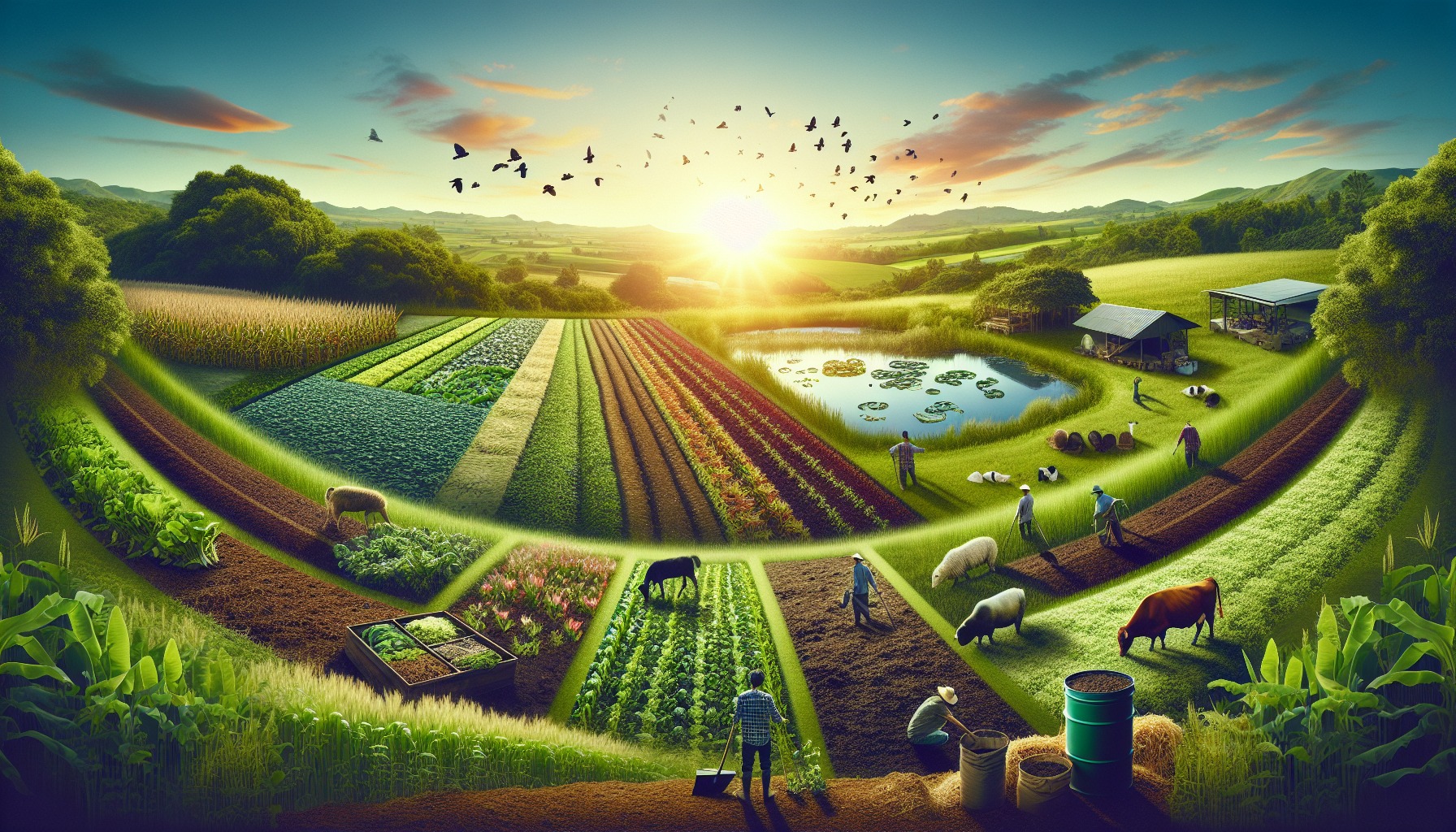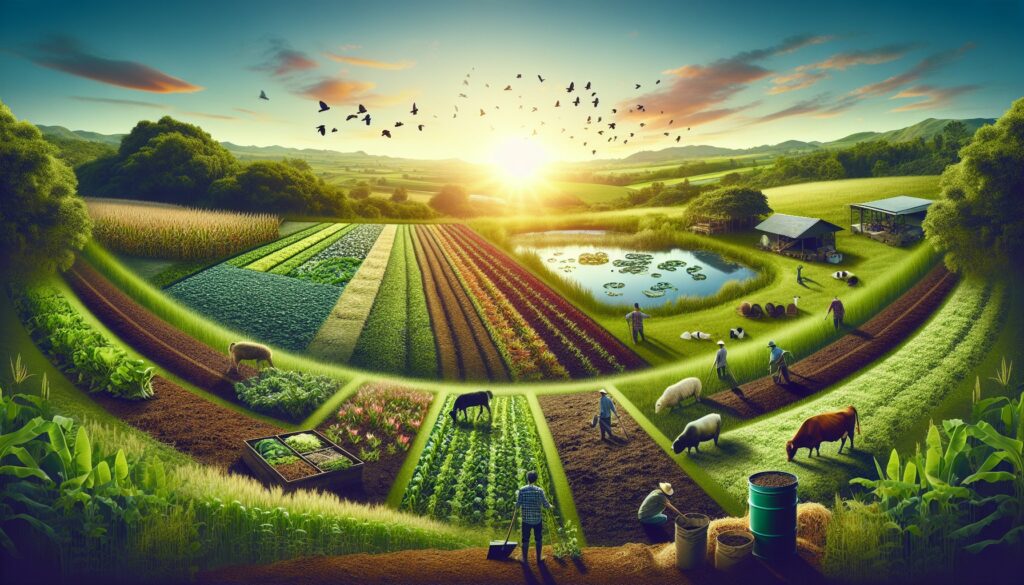Regenerative Agriculture: A Path to Sustainable Farming
In recent years, the agricultural landscape has witnessed a growing interest in practices that promote sustainability, resilience, and environmental stewardship. Among these, regenerative agriculture stands out as a transformative approach that not only aims to produce food but also seeks to restore the health of our planet’s ecosystems. This holistic farming philosophy nurtures the soil, enhances biodiversity, and ultimately fosters a harmonious relationship between humanity and nature.

What is Regenerative Agriculture?
At its core, regenerative agriculture is a farming system that prioritizes the regeneration of soil health, biodiversity, and ecosystem services. Unlike conventional farming practices, which often rely heavily on synthetic fertilizers and pesticides, regenerative agriculture focuses on methods that work in harmony with natural processes. This approach emphasizes techniques such as cover cropping, crop rotation, agroforestry, and reduced tillage, all of which contribute to the rebuilding of soil organic matter and the enhancement of soil structure.
The Benefits of Regenerative Practices
- Soil Health: One of the primary goals of regenerative agriculture is to enhance soil health. By increasing organic matter and promoting microbial diversity, regenerative practices improve soil structure, water retention, and nutrient cycling. Healthy soil acts as a carbon sink, sequestering carbon dioxide from the atmosphere and helping to mitigate climate change.
- Biodiversity: Regenerative agriculture promotes a diverse ecosystem both above and below ground. By rotating crops, planting cover crops, and integrating livestock, farmers can create habitats for a variety of species. This biodiversity not only supports wildlife but also reduces pest pressure, thereby decreasing the need for chemical inputs.
- Resilience: As climate change brings about more unpredictable weather patterns, regenerative agriculture offers a path to resilience. Healthier soils are better equipped to withstand droughts and floods, providing a more stable food supply. This adaptability is crucial for farmers facing the challenges of a changing climate.
- Community and Economic Viability: Regenerative agriculture encourages local food systems and supports small-scale farmers. By fostering direct connections between producers and consumers, it promotes a sense of community and enables consumers to make informed choices about the food they eat. This shift towards local markets can enhance economic stability for farmers and communities alike.
How to Get Involved
For those interested in supporting regenerative agriculture, there are several ways to get involved:
- Educate Yourself: Learning about regenerative practices can help you understand their importance. Numerous resources, including books, documentaries, and online courses, can provide valuable insights.
- Support Local Farmers: Purchasing food from local farmers who practice regenerative agriculture is a powerful way to contribute. Look for community-supported agriculture (CSA) programs, farmers’ markets, and farm-to-table restaurants that prioritize sustainable sourcing.
- Advocate for Change: Engage in conversations about regenerative agriculture within your community. Advocate for policies that support sustainable farming practices, and encourage local governments to invest in programs that promote soil health and biodiversity.
- Practice Sustainability: Whether you have a backyard garden or simply want to make more informed choices in your daily life, adopting sustainable practices can make a difference. Composting, reducing food waste, and choosing organic products when possible are small steps that contribute to a larger movement.
Conclusion
Regenerative agriculture represents a hopeful and necessary shift in our approach to food production. By prioritizing the health of our ecosystems, we can cultivate a sustainable future that benefits both people and the planet. As we embrace this movement, we have the opportunity to nourish our bodies while nurturing the earth, creating a legacy of sustainability for generations to come. Through education, support, and advocacy, we can all play a part in fostering a regenerative agricultural landscape that is both productive and resilient.



